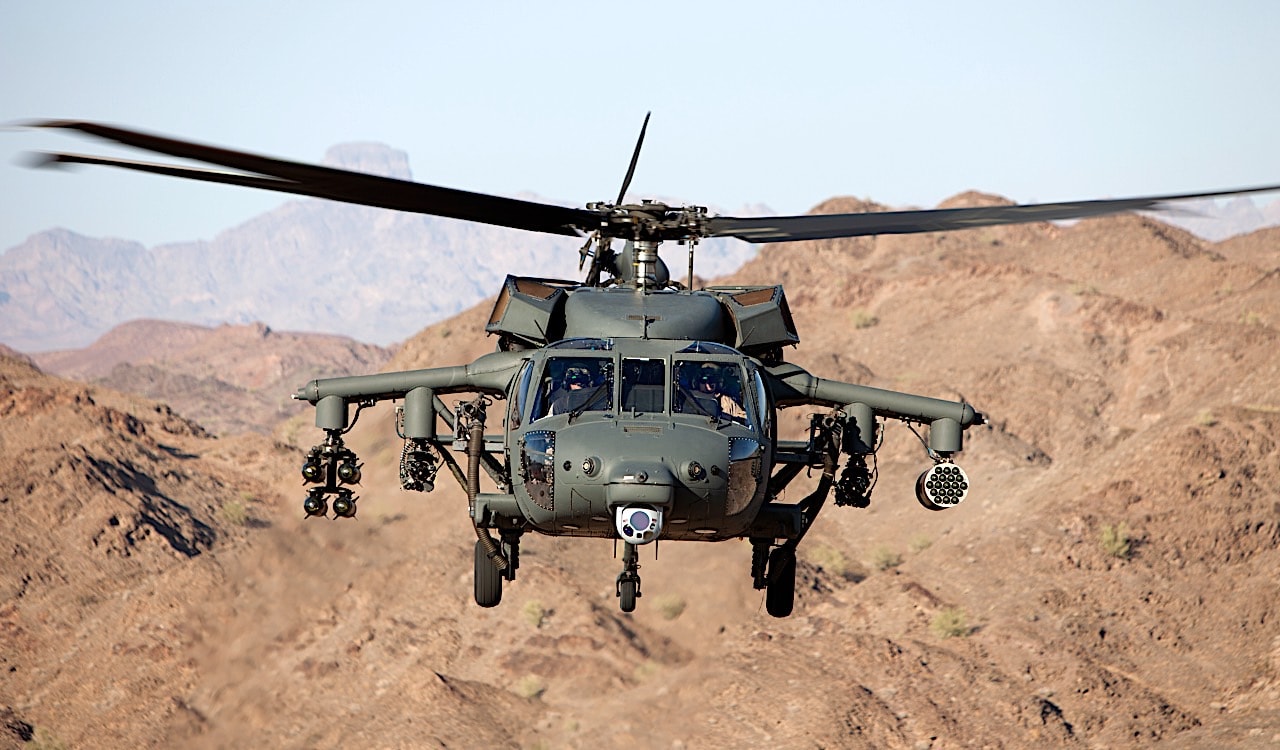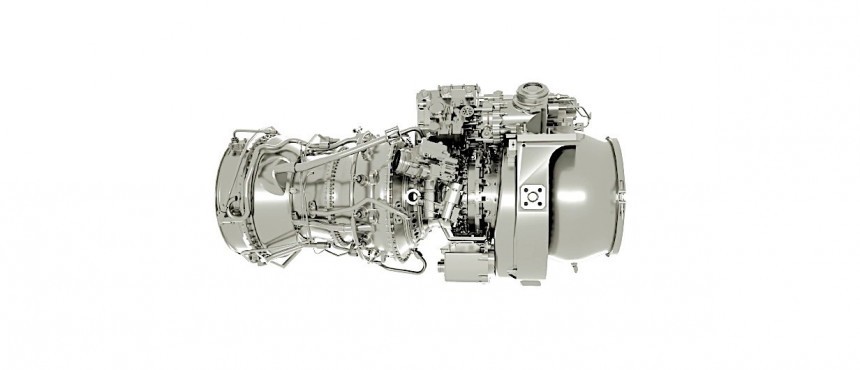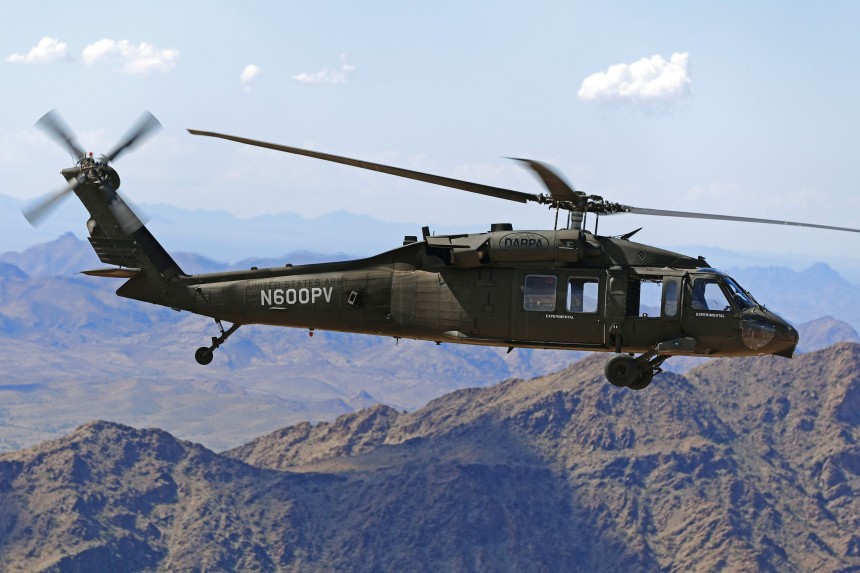The world’s most famous military helicopter gets new engines to make it 100 years old

Just over a year ago, in January 2023, Lockheed Martin’s Sikorsky announced that it had produced the 5,000th Black Hawk helicopter, a feat that only demonstrated the aircraft’s reliability. After all, we are talking about a platform that this year celebrates half a century since its first flight and is still very much alive and active.
The Black Hawk first took to the skies in 1974 as a military multi-purpose helicopter that could be converted for different purposes. A twin-engine, four-blade machine, it entered service with the US Army in 1979 and quickly became the Army’s most popular workhorse. Or, officially, the “basic tactical air attack and multi-role aircraft of choice.”
Over the many years of its existence, the Black Hawk has evolved from a single helicopter into an entire family. It is in service in no fewer than 35 countries around the world (including the USA) and is actively used for everything from troop transport and air combat platform to medical evacuation vehicle and aerial firefighting vehicle.
America is, of course, the largest Black Hawk operator, flying about 2,000 of the entire series, and therefore feels the pressure of the aging bird more than anyone else. That’s why the military not long ago launched a modernization program aimed at upgrading the helicopter and keeping it relevant.
The changes coming in the coming years include updates to several systems, but most notably the Black Hawks’ engines. While the program will only cover about 1,200 of the helicopters currently in service, it is designed to make the Black Hawk a platform that can remain in service well into the 2070s.
This would make the helicopter practically the second aircraft in the world to still be in service a century after it was first manufactured. The first is the Boeing B-52 Stratofortress, which will be 100 years old in the 2050s thanks to extensive modernization.

Photo: GE
As mentioned, perhaps the most important improvement to the Black Hawk is the addition of new engines. In their current configuration, the Black Hawks, regardless of their mission, are powered by a pair of General Electric engines.
The engine is called the T700 and has a horsepower range of between 1,768 and 1,915 depending on the mission. That makes it a perfectly fine piece of hardware, but the Army needs more power and better fuel economy if it wants to keep flying these things.
The new engines for the Black Hawks – coincidentally the same ones that power the revised versions of the AH-64 Apache – were selected back in 2019 and are part of a family called the T901-GE-900, manufactured by the same manufacturer as General Electric.
The company has been testing the engines for use in the Black Hawk for around two years, completing no less than 1,500 hours of comprehensive ground testing and 5,000 hours of testing for full engine qualification, as the engines are expected to offer significant improvements over those they are intended to replace.
The T901 is designed to develop at least 50 percent more power than the T700 (that’s a total of around 3,000 hp) and save 25 percent less fuel – which should translate into a longer range for the Black Hawk. Its design allows it to be mounted on the existing brackets, so no modifications are required.
It’s been a while since we’ve had an update on this topic, but last week Sikorsky announced that it had reached a major milestone in the Black Hawk modernization program: Two T901 engines are currently being installed in a helicopter, allowing ground runs and flight tests to begin.

Photo: Lockheed Martin
The company is also preparing a second Black Hawk for the same task in hopes of accelerating the testing program.
Technically, Sikorsky knows a lot about the engine’s behavior because it was already installed and flown in the Raider prototype, an aircraft currently competing in the U.S. Army’s Future Attack Reconnaissance Aircraft (FARA) program (its competitor, the Bell 360 Invictus, will be equipped with the same engine), and the data obtained from it will also be used for integration into the Black Hawk.
It is not clear when work to upgrade the engines of the entire Black Hawk fleet will be completed. The FARA program is expected to choose its winner in 2028, so it is likely that the veteran helicopter and possibly even the Apache will be able to actively use the T901 for operational purposes before then.


